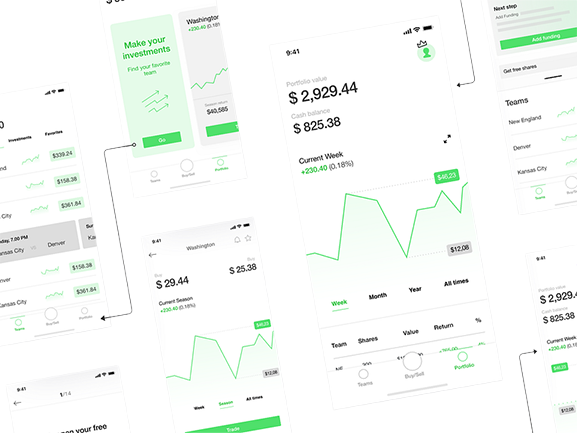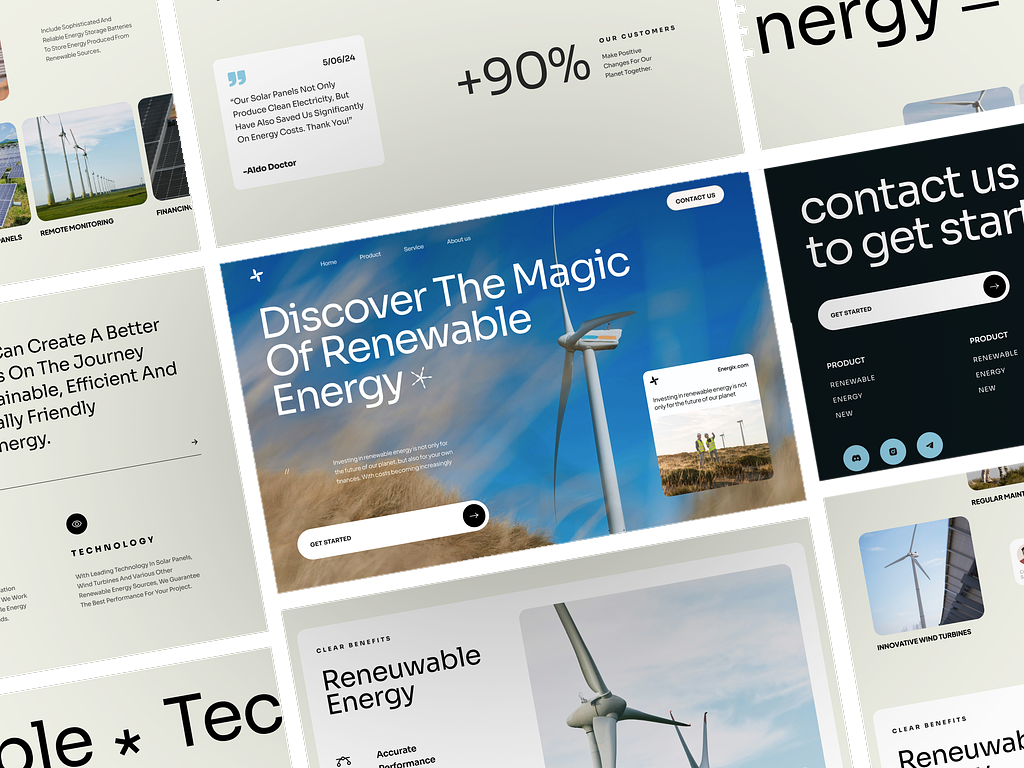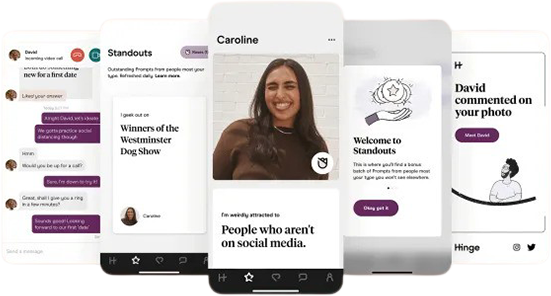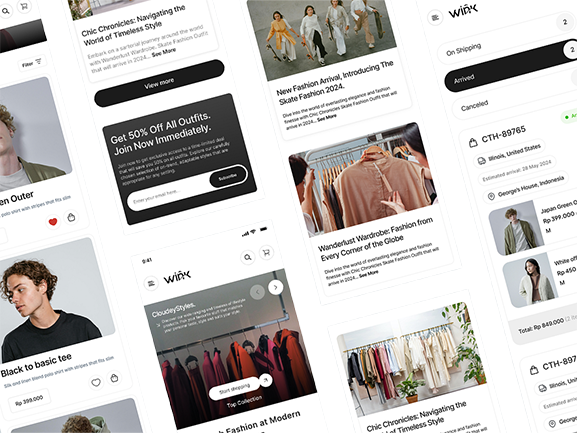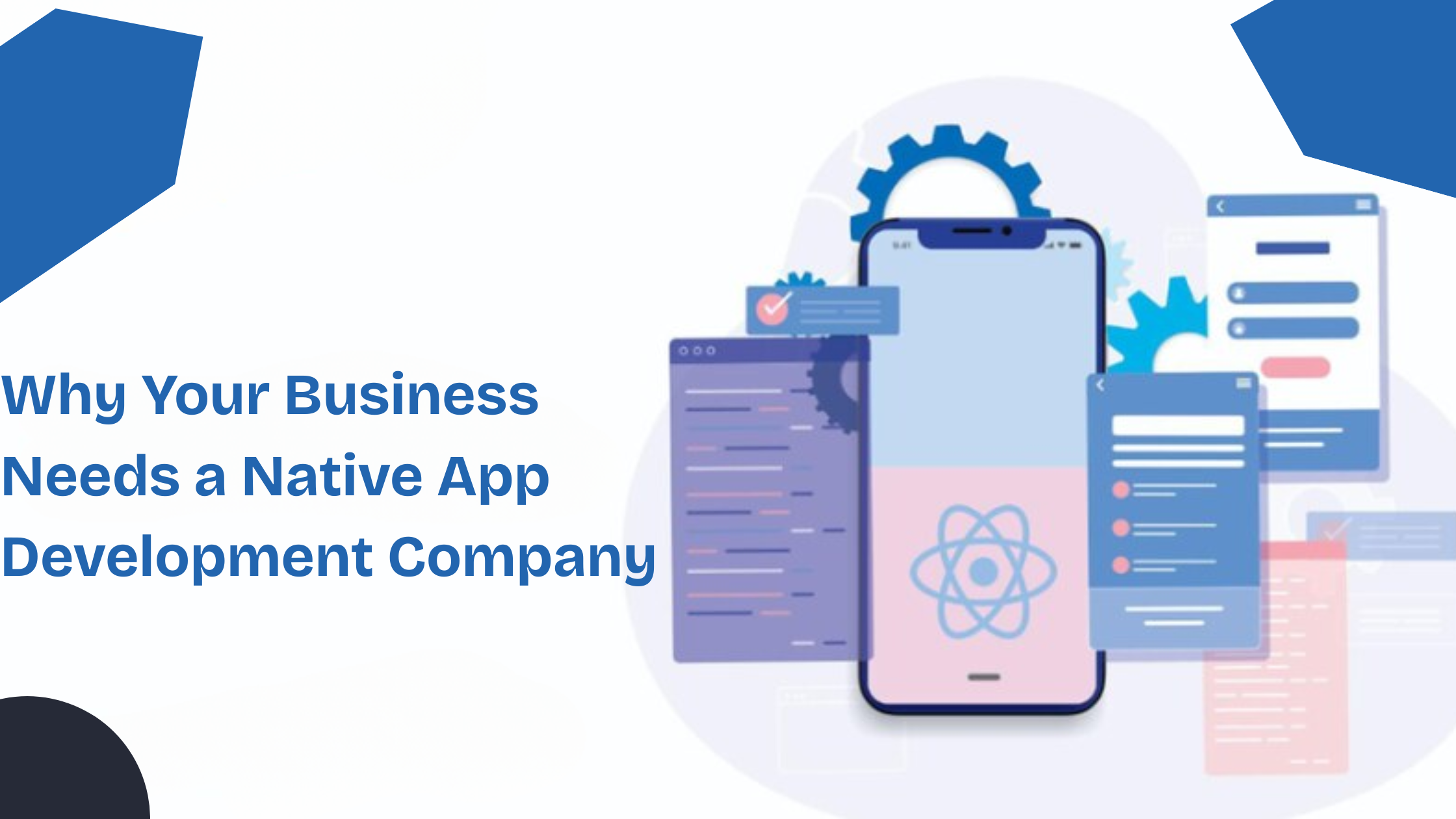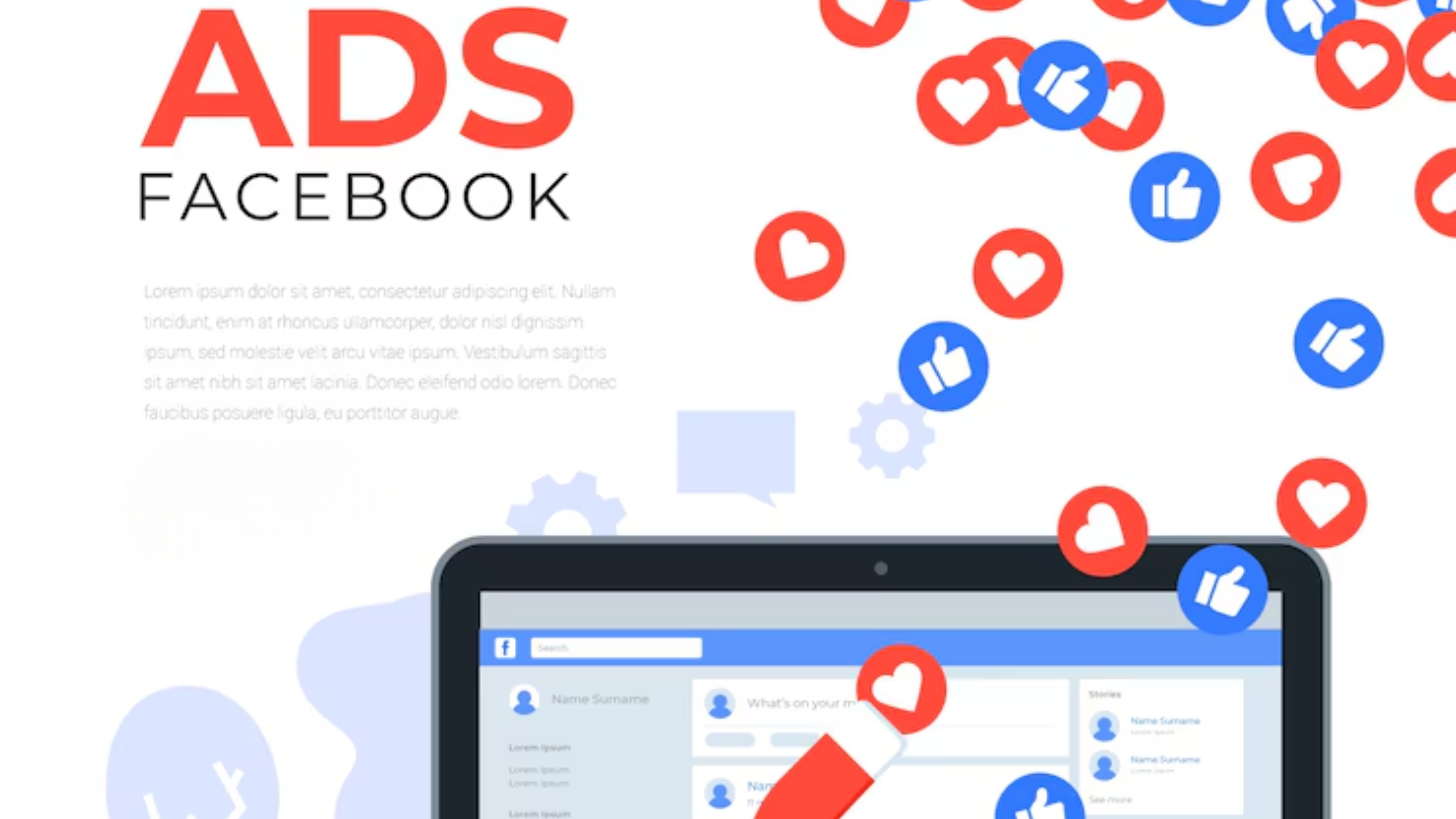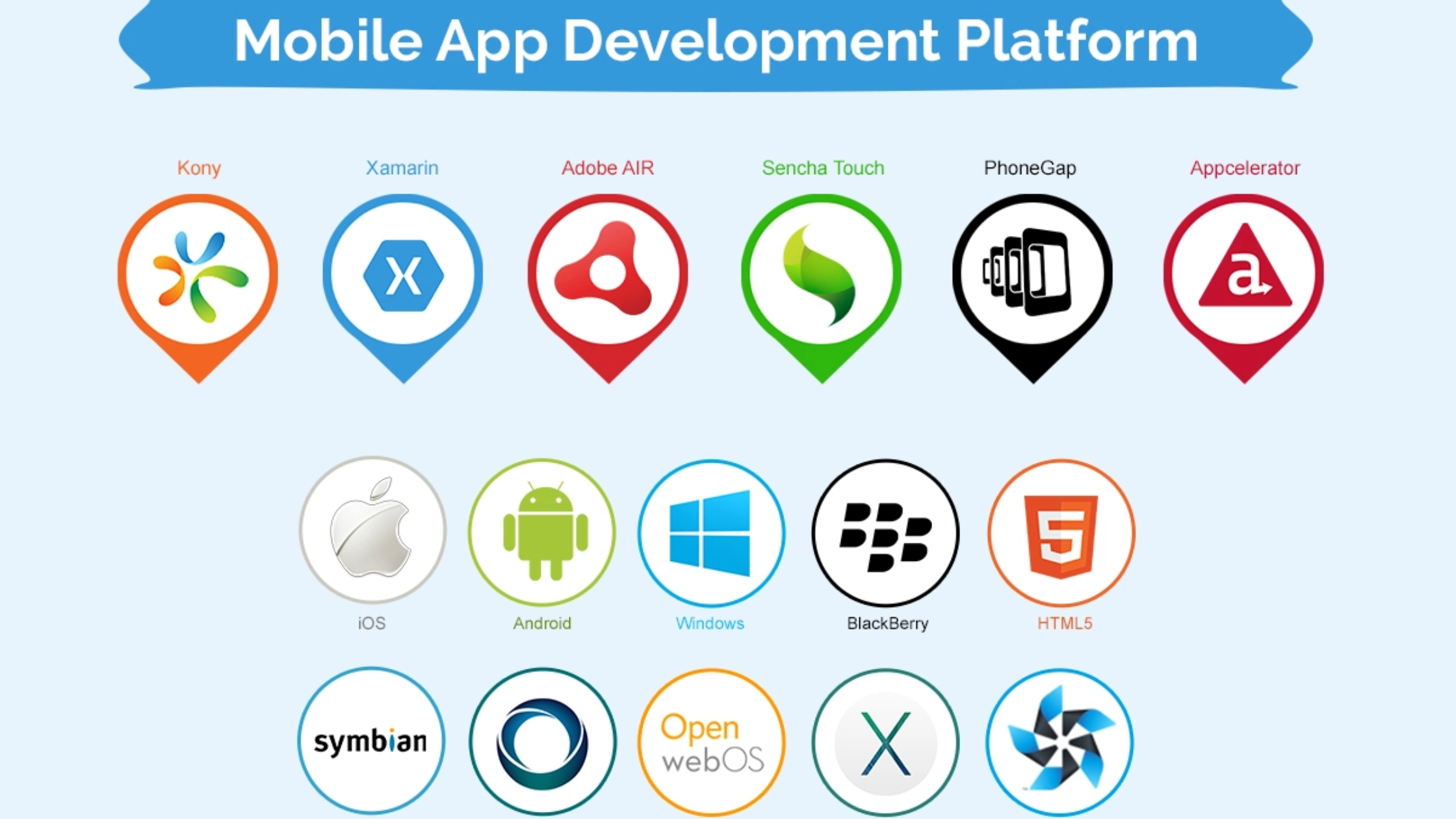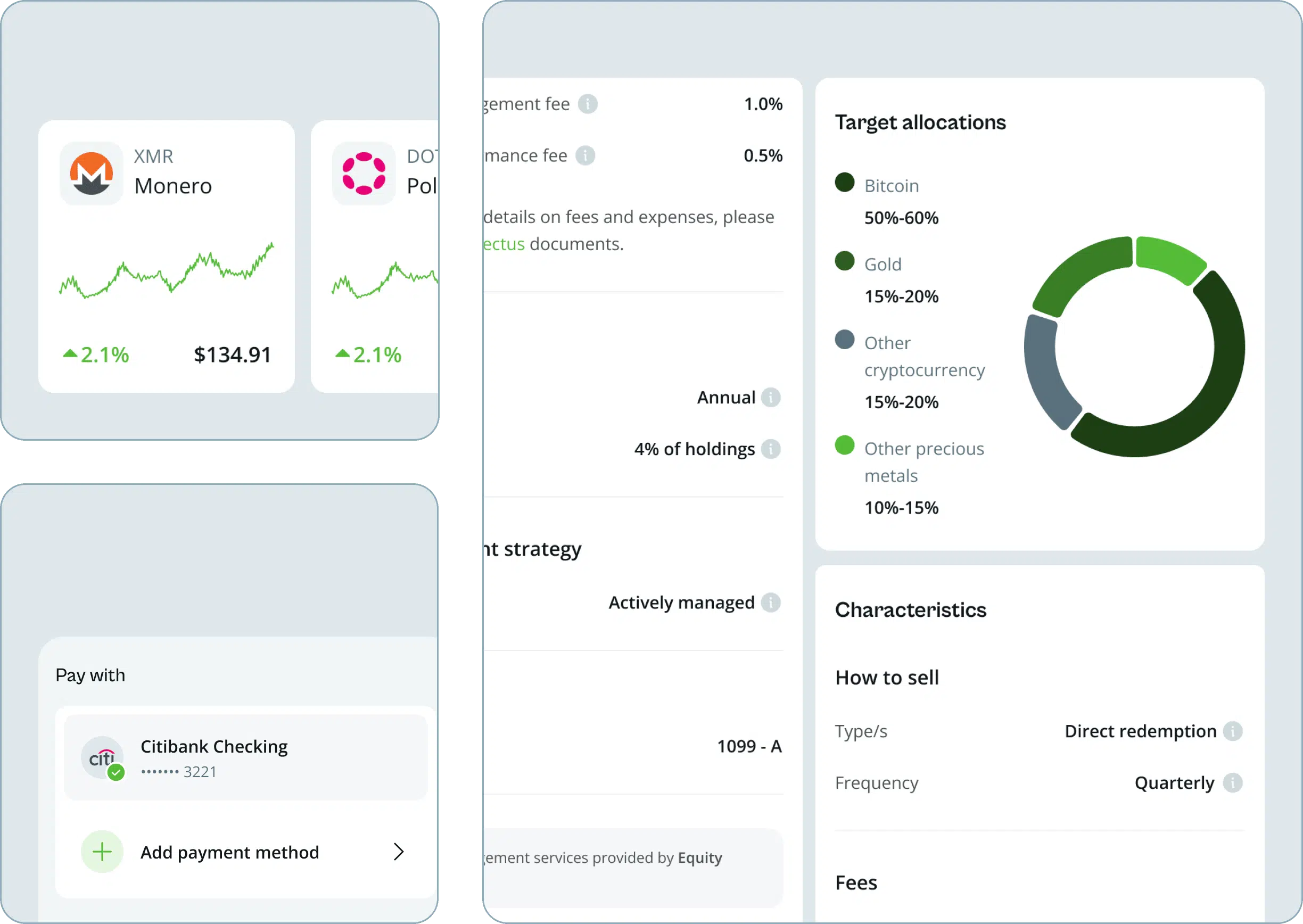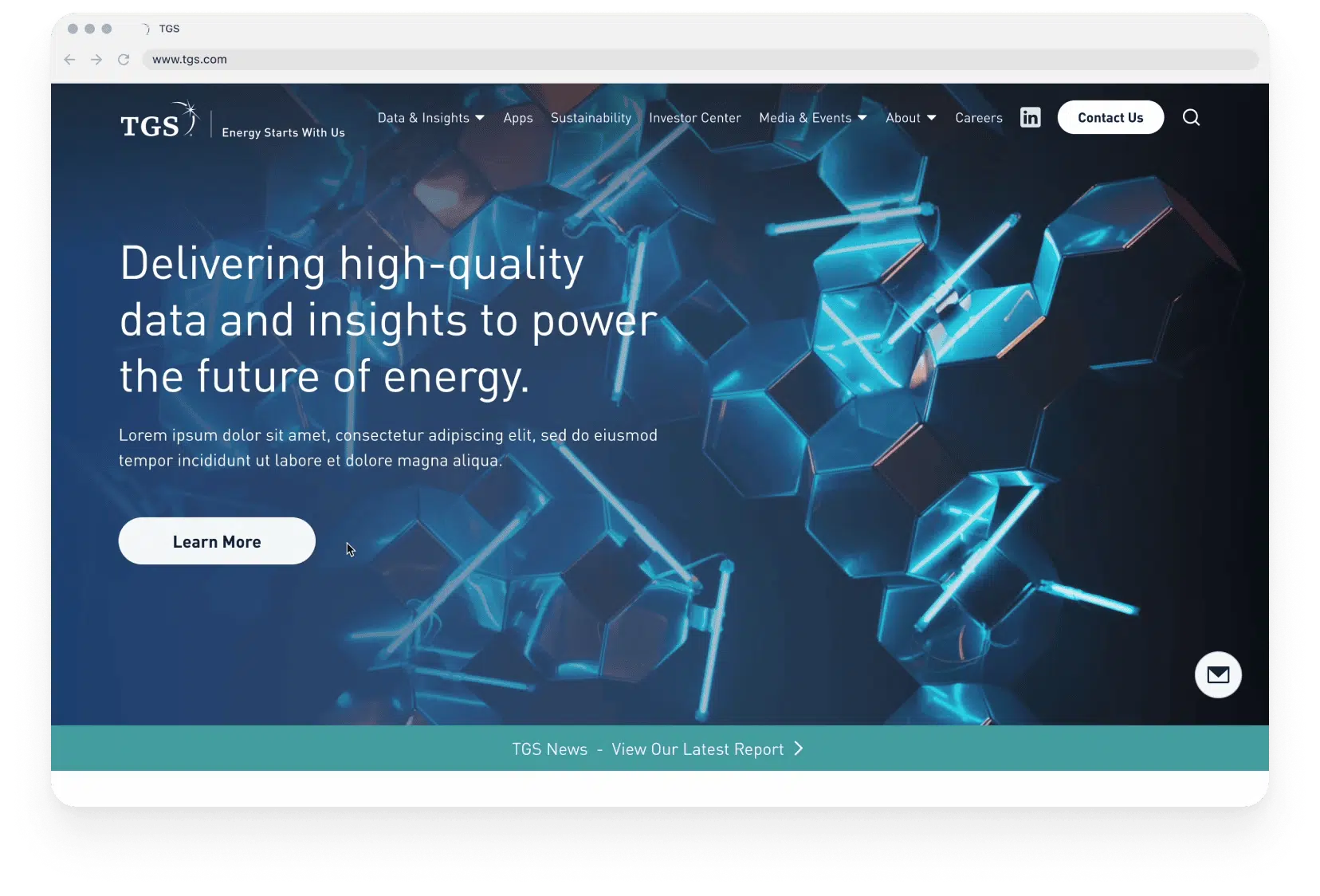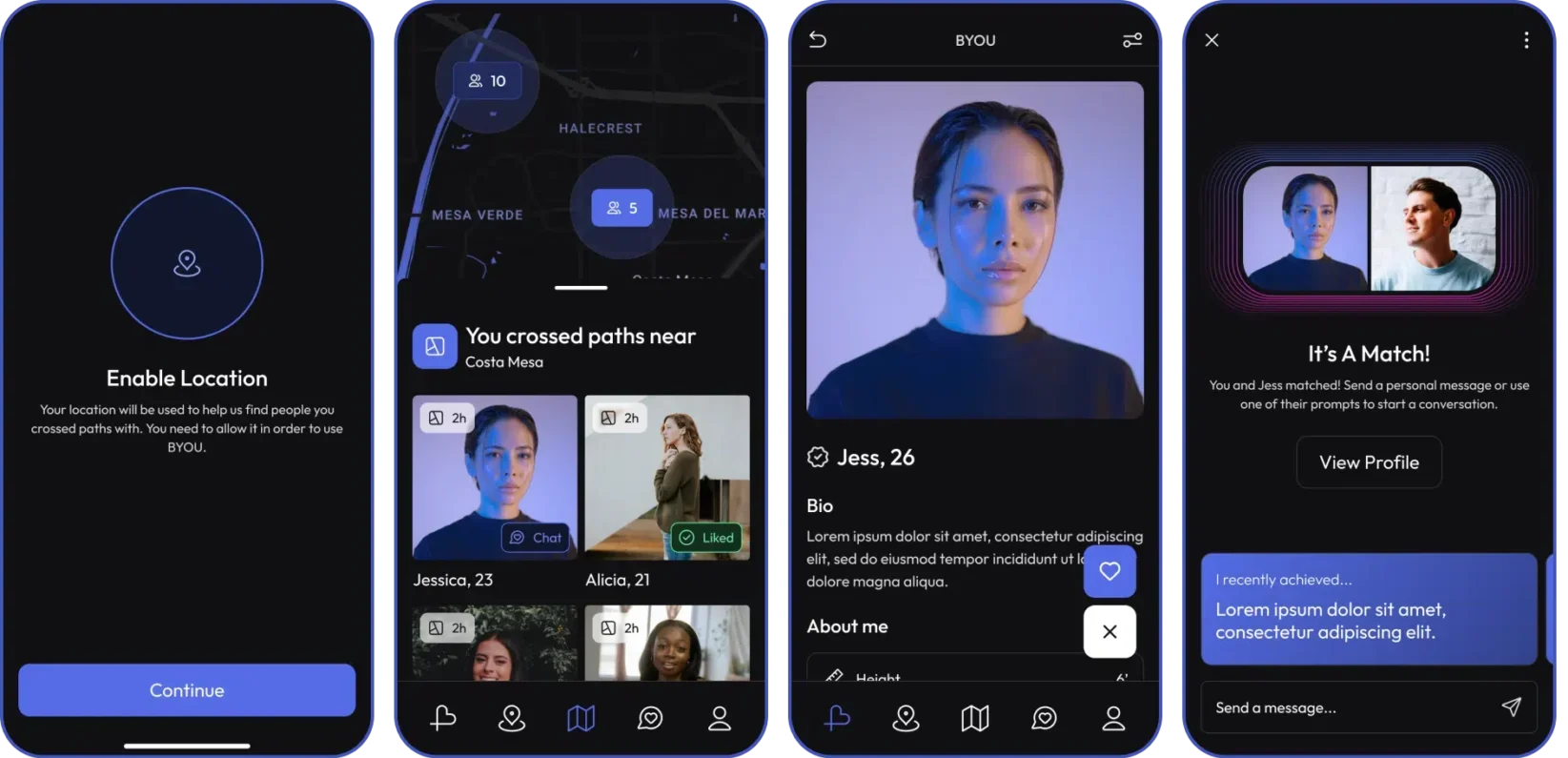What is a Mobile App Retention Strategy?
Mobile app retention refers to strategies aimed at ensuring long-term user satisfaction and continuous app engagement. It is a set of meaningful steps, characteristics, and behaviors oriented towards reducing churn rates, maintaining active users engaged, and developing long-term bonds between those users and your application. That is, in simple terms, a mobile app retention strategy goes beyond just acquiring users. While gaining new users is important, keeping them active is crucial, as the saying goes, ‘the ball is in your court.
It is about making sure that the traffic you invested lots of effort into gaining, remains engaged and, above all, becomes loyal to your app. The narrow definition of this concept implies the need to comprehend the user requirements, issues, or challenges they face and always deliver an exceptional experience that makes them revisit the application. The main goal of a retention strategy is to ensure users continue to see the value of the app long after they’ve downloaded it. It entails consideration of issues that the user is likely to face when using your application or ways through which the user’s experience can be enhanced continually.

The Importance of Mobile App Retention
While acquiring new users is important, retaining them is often more critical for long-term success. Here’s why:
Cost-Efficiency:
Recruitment of new users is not cheap. However, there are great benefits to be harvested from customers who use the product consistently, thus the slogan ‘the best customers to attract are the existing ones.’ By emphasizing retention, you get the highest customer lifetime value and acquire users at a lower cost, so your marketing dollars are invested where they matter more.
Sustainable Growth:
Tomorrow high retention rates will be an essential sign of the future success of an app. Some of the apps’ attributes that can make user engagement and loyalty high are likely to spread at a consistent rate with little vulnerability to competition in the marketplace.
User Feedback:
Retained users are even more valuable as they provide feedback that helps improve the app. Consumers give out details and advice on the application hence enhancing its usability and functionality. This cycle of continuous improvement is essential to the enhancement of app quality and resultant success.
Brand Advocacy:
Loyal users are likely to recommend your app to others. Users with such jobs tend to offer positive feedback and spread the good word on your app without necessarily incurring additional expenses on marketing.
Revenue Generation:
Users with retention will likely make in-app purchases, subscribe to a premium service, or pay attention to advertised content. Therefore, a solid retention plan increases the revenue which is the app’s financial viability and profitability. In other words, retention is the key to creating a strong and continual user base that ultimately drives success.
Effective Mobile App Retention Strategies
Now that the importance of retention is clear, let’s explore key strategies to boost user engagement and loyalty:
User Onboarding:
Ensure that new users have a seamless and productive onboarding experience. Explain how the new users should interact with the app and explain what they will get out of it. First interactions should be smooth, avoiding any difficulties, and that the interface of the site will not confuse the user.
Personalization:
Use user data to deliver personalized content and notifications that resonate with your audience. When users have this perception that the app addresses their needs then they may find utmost relevance with the app.
Push Notifications:
Use push notifications wisely to re-engage users without overwhelming them to the application, to inform them about changes, or useful features of the app. Either way, one has to be careful not to frustrate the user and cause the app to be uninstalled one of these days.
In-App Messaging:
To eliminate any confusion that your users might have you should integrate either in-app messaging or live chat. Taking action through in-app messaging helps reduce user frustration that may build up among the users as a result most of them will not be forced to dump the application.
Gamification:
Crediting and rewarding, badges or sticker, levels can be used as a tool to enhance the appeal of the application. Innovative elements get users used to going back to the app time and time again, this is through the incorporation of game elements.
Regular Updates:
When you come up with new features, bug fixes, and better performance on the app, the user has the perception that you are fully engaged in making sure that he has the best experience with the app. Continuous enhancements help to establish confidence as well as users’ expectations.
Feedback Mechanisms:
It must be equipped with features through which users can pass feedback or ideas. Engaging customers shows them that their feedback is important making them loyal to your business instead of your competitors.
Loyalty Programs:
Incentivize your consumers with special coupons, offers, or early access to particular goods or services. Here such programs help users continue to use the app for a long time without getting bored of it.
A/B Testing:
Use A/B testing to test any aspects of your app, be it design, users’ flow, messages, and onboarding. Organizational advancements stemming from data data-driven environment create a higher user satisfaction thus increasing the rates of retention.
Incentivize Referrals:
Promoting the usage of the app, make sure you use a referral code so that you encourage users to refer their friends to download the particular app. Not only does this strategy aid in acquisition but it also benefits in retention as users feel as if you value them.
Measuring and Analysing Retention
As with any marketing campaign, it’s also important to know the success rate of your retention efforts and this can be measured through key indicators. Here are some important metrics to monitor:
Retention Rate:
The retention rate reflects the percentage This metric indicates the effectiveness of your retention strategies.
Churn Rate:
The churn rate means the level of users who abandon your application in a given period. This means the current users are hanging on to the app, therefore a lower churn rate is equal to a successful app.
Cohort Analysis:
It divides users based on the time they have spent using the application for the first time. Overall user retention can be analyzed depending on user behavior over time and find the weaker points.
User Feedback:
Continuously collect users’ sentiments through app rating reviews and surveys. The feature usage data are in the following table: As the sketched data demonstrates, this qualitative information gives a clue about user satisfaction and ensures the potential change points.
Mobile Analytics Tools:
Engage your users and track behavior, activity, and acquisition and retention rates with the help of Firebase Analytics or Google Analytics for Mobile. These aspects are important to analyze the potential users’ behavior in the framework of app usage and the possible measures to take. In this way, you can repeat the same metrics and evaluate the behavior of users to improve retention tactics. The goal is to enhance user satisfaction, create better app experiences, and build a loyal audience that drives your app’s growth


